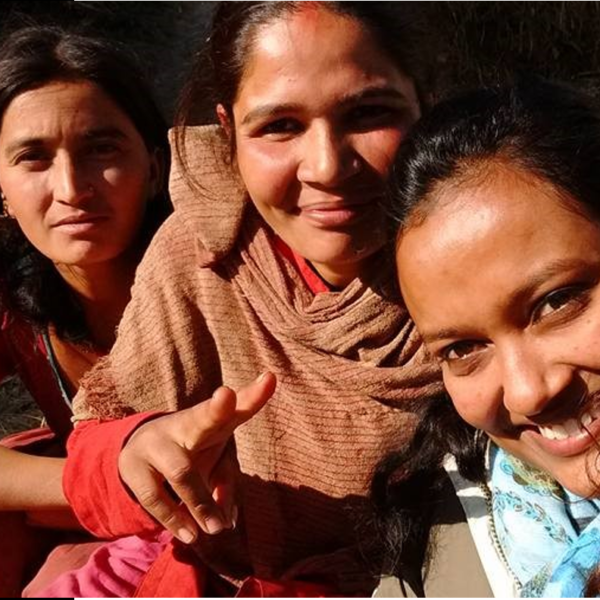I have always been bothered by how we talk about adopting a gender perspective or using a gender lens. The language does not suggest the permanency I would like. We can take off those glasses. We can change our perspective. And of course, if you haven’t had metaphorical Lasik or SMILE eye surgery, you do take off those glasses. And, darn it, it always seems to happen when (I think) people need them the most – for example, during the design of a new project! Furthermore, these expressions fail to capture the often complex and iterative analytical process that is needed to interpret what you see. The assumption is that with new glasses, you will automatically see a different world.
Some of the most fulfilling gender analysis workshops I’ve led with Cultural Practice, LLC are those that build field visits into the program. The aim of these field visits is to provide participants with the experience of a gender analysis so that they can better address issues, for example in new agriculture programs. Participants are equipped with questionnaires and their job is to collect and analyze data about gender relations. It is an opportunity for them to ask questions in ways they may not have done before; to listen to men and women describe their experiences as men and women; and, to pay attention to how those experiences shapes their lives. In preparation, we spend time reviewing the questionnaires: What is the intention of each question in the questionnaire? How does it link to our gender analysis framework? A number of interactive exercises are used to develop interviewing and listening techniques, discuss frame of reference, and remind people to be aware of the assumptions and biases we carry into every one of our interviews.
And then, at the end of every field day, it’s time for the hard work. Equipped with a set of empty worksheets and flipcharts, the participants and I work through a defined analytical process in which we organize the data into different dimensions or domains, create problem trees that identify barriers for men or women and their root causes, and debate how gender-based constraints might affect agricultural program design. The process is messy. It is exhausting. It is exhilarating. We offer different interpretations of what men and women said. We argue about the beliefs and perceptions that were expressed: “When the input supplier told us women are incapable of carrying heavy loads – is that a universal truth or a belief?” In exchange for my constant questioning, participants offer me a deeper understanding of the local context.
I like to think that this collaborative analytical process gives people an appreciation for gender analysis. I believe that by working with participants through a set of data collection and analytical tools they better understand how gender analysis can contribute to program design. Perhaps I’ve created room for more complexity and an avenue for introducing more inclusive analytical approaches.
What I know for sure is that by working together with people who don’t see the world as I do, I have become a better advocate and facilitator. When I sit down to work through a gender analysis with workshops participants, I learn. I understand how other people see and analyze the world. I become familiar with where they struggle to accept the principles of gender equality that I espouse. It reminds me that sometimes I need to take my gender lens off just so that I can put them on again and see things fresh.
Photo Courtesy of Cristina Manfre with women farmers in Dhulikhel, Nepal and Sumana Parui from CIMMYT.
Originally published January 31, 2017 in the World Learning TAAP Inclusion Newsletter.

